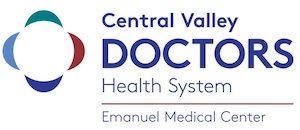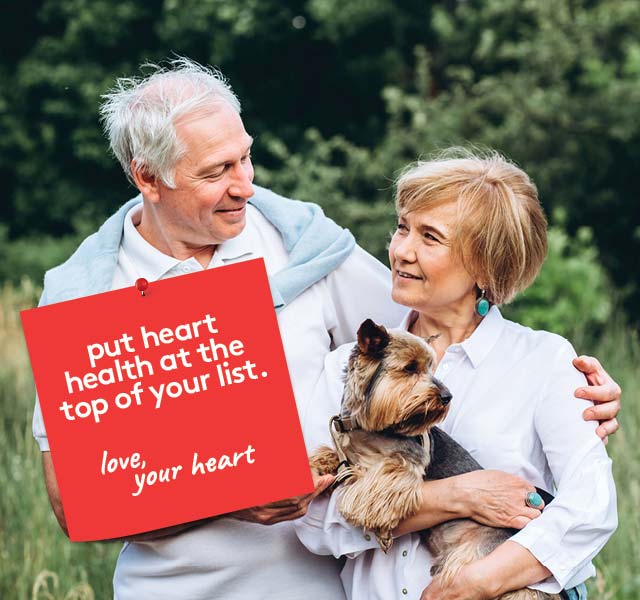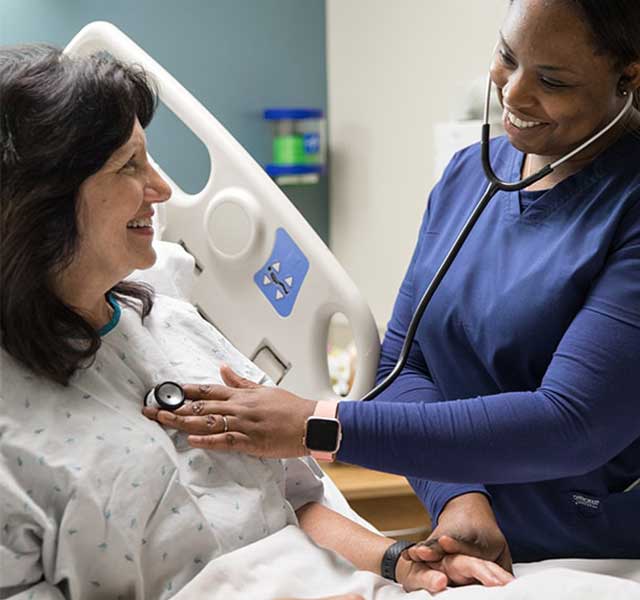Jeremy's Heart Story
It was a perfect Memorial Day activity for Jeremy Varner of Turlock — a trip to the Sonoma Raceway. His father was drag racing that day, and he was anxious to hang out with him. But he spent the day not feeling very well.
“My arm felt a little weird, but nothing that stopped me from doing anything,” Jeremy says. That wasn’t the first symptom he ignored that weekend. He had also gone for a run, but felt tired and had trouble catching his breath.
His symptoms were the early warning signs of a heart attack. His father has had three of them; his brother has had three more. So Jeremy, 35, told his wife, Abby, he would see a doctor the following morning. They put their kids, 5-year-old Lexi and 2-year-old Brody, to bed.
Then, Jeremy’s heart stopped.
“He was asleep next to me, and all of a sudden his eyes shot open and rolled back into his head,” says Abby. “Then he stopped breathing completely. Instantly, his color changed — bluish and lifeless.”
She called 911 and pulled her husband to the floor to start CPR. After firefighters took over, they connected an automatic external defibrillator to Jeremy’s chest. Abby watched as they tried to shock his heart into a normal rhythm. He was rushed to Emanuel Medical Center. Before the night was over, he would have to be defibrillated six times.
In Emanuel’s Cardiac Cath & Interventional Lab, an interventional cardiologist cleared the blockage in one coronary artery that had caused Jeremy’s heart attack — using a stent to hold it open. Another partially blocked artery was opened with a balloon. In the critical care unit, doctors told Abby about a procedure called therapeutic hypothermia. Jeremy would be cooled over a 24-hour period, and then gradually rewarmed. They explained that the procedure allows the brain time to recover from the heart attack and can help improve neurological outcomes.
After 48 hours, Jeremy woke up. He looked at Abby and said, “Hi.”
Today, the couple has changed their cooking and eating habits — trying new recipes and using healthier ingredients. After going through rehab, Jeremy returned to Emanuel under happier circumstances about a month after his heart attack.
“I went to the cath lab and ICU and I thanked them,” he says. “I told them I appreciate the fact that they didn’t give up on me.”








